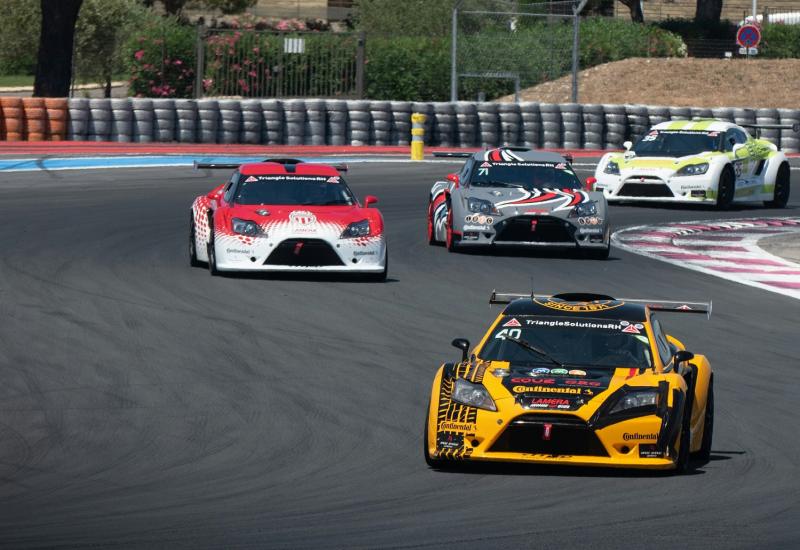
Biohaven aims to become an oncology fast follower
The group’s cancer focus is a TROP2 ADC it reckons could have a safety and efficacy edge.
The group’s cancer focus is a TROP2 ADC it reckons could have a safety and efficacy edge.

Biohaven isn’t known as an oncology powerhouse, but an under-the-radar acquisition at the start of 2024 took it into the TROP2 ADC arena – a crowded field full of big hitters like Gilead, AstraZeneca and Merck & Co.
Biohaven will need its contender, BHV-1510, to be special to compete. The group reckons it has a differentiated project, helped by a “highly stable, irreversible” linker and a novel topoisomerase inhibitor payload; it believes that these features could minimise off-target toxicity. However, with no clinical data reported yet, the group still has much to prove.
TROP2 follower
Overall, the company is focused on validated targets, but is trying to improve on what’s already out there. TROP2 is certainly popular, with 25 clinical-stage ADCs against this target, according to OncologyPipeline.
BHV-1510 came via the acquisition of Pyramid Biosciences in January, in an all-stock deal worth $10m. One question, if the asset is as promising as Biohaven believes, is why Pyramid was so cheap.
Early data should indicate whether the company is on to something. In May Biohaven dosed the first patient in a phase 1/2 study of BHV-1510 in solid tumours. The trial is initially testing monotherapy, and dosing in combination with Regeneron’s anti-PD-1 MAb Libtayo could begin this year.
Biohaven’s oncology pipeline
| Project | Description | Tech originator | Status |
|---|---|---|---|
| BHV-1510 | Anti-TROP2 ADC | Pyramid Biosciences | Ph1/2 in solid tumours; monoRx and Libtayo combo |
| BHV-1100 | Anti-CD38 antibody-recruiting molecule | Kleo Pharmaceuticals | Ph1* in multiple myeloma ongoing, but Biohaven “scaling back” development |
| BHV-1500 | Anti-CD30 ADC | Kleo Pharmaceuticals | Preclinical; IND due 2025 |
Note: *in collaboration with Dana-Farber Cancer Institute. Source: OncologyPipeline & clinicaltrials.gov.
Biohaven’s president of oncology, Brian Lestini, won’t say when the first results will be available, saying timings will depend on when the group has anything relevant to share.
But the company will need to show that BHV-1510 is at least as good as more advanced TROP2 ADCs, which have largely fallen short of expectations. Gilead’s approved drug Trodelvy has disappointed commercially, at least in the context of the $21bn that company paid for its originator, Immunomedics.
Meanwhile, Astra and Daiichi recently shifted filing plans for their contender datopotamab deruxtecan in lung cancer, following a lack of overall survival benefit.
Lestini sees reasons for optimism about BVH-1510 amid these setbacks, telling ApexOnco that rival data are “pretty encouraging in terms of target validation”.
He adds: “Given the unique differentiators of BHV-1510, we think there are opportunities in tumour types where other TROP2s may have shown activity that wasn’t able to meet a bar, and/or substantial toxicities.”
One side effect that’s been seen with dato-dxd is interstitial lung disease, something Biohaven’s chief scientific officer, Bruce Car, puts down to that asset’s payload. Meanwhile, no “lung baggage” has been seen with BHV-1510, which uses a novel topoisomerase inhibitor payload that Biohaven calls TopoIx.
Lestini contends that TopoIx has “much higher bystander killing” versus other topoisomerase inhibitors; however, many ADC developers claim to spur a bystander effect.
Internal efforts
Before acquiring Pyramid, Biohaven had its own ADC development efforts, using the Mate site-specific conjugation technology it gained via the acquisition of Kleo Pharmaceuticals in 2021.
One project that uses this technology is BHV-1500, which Biohaven terms a “next-generation” version of Adcetris, Pfizer’s marketed anti-CD30 ADC. BHV-1500 could go into the clinic next year.
Meanwhile, the group is working on various degraders for autoimmune uses, but could broaden this into oncology, Car says. While the broad class of degraders has disappointed, he reckons Biohaven’s efforts here will be differentiated from proteolysis-targeting chimeras (PROTACs), for example. The company has yet to disclose any details of its oncology degrader projects.
One asset that might have reached the end of the road is the CD38 antibody-recruiting molecule BHV-1100. The company is “scaling back” efforts here: although a phase 1 trial in multiple myeloma is ongoing, a changing treatment landscape has made recruitment difficult, Car notes.
Biohaven is also working on novel targets, Lestini says. But, in the meantime, it’s content to follow.
904













